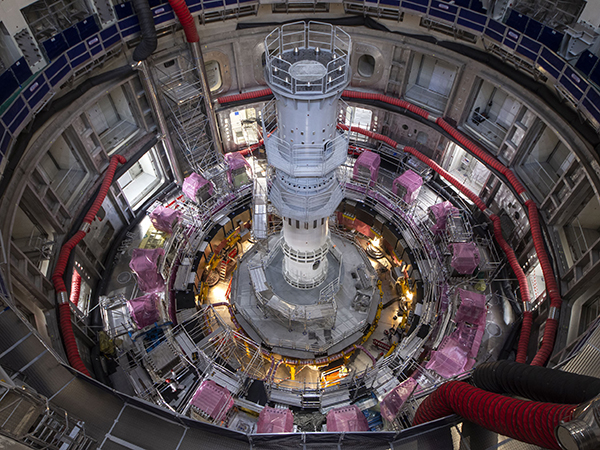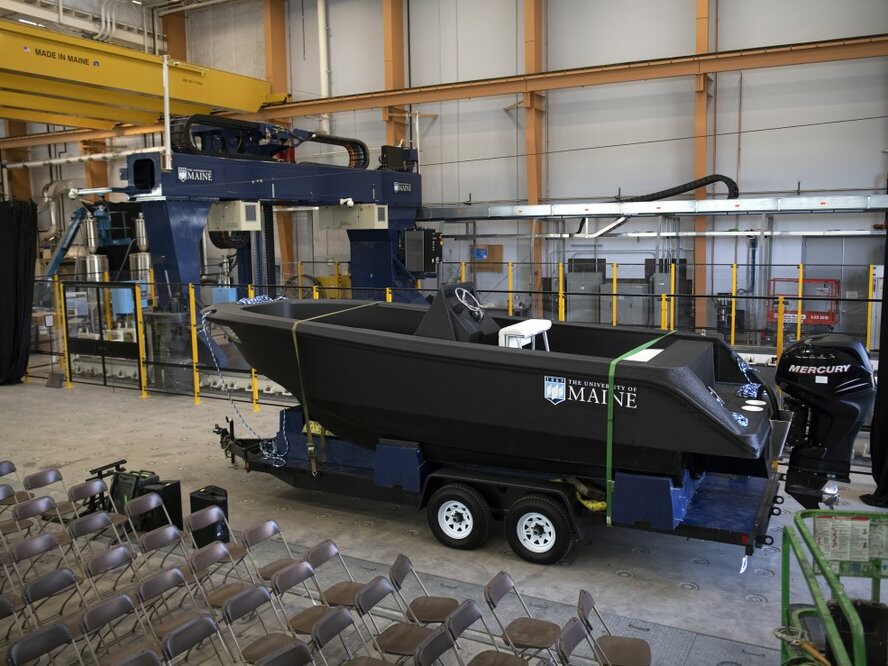Strong ties to the University of Maine’s engineering programs, including additive manufacturing and sensor technologies, accentuate ORNL’s connections to the Pine Tree State. Maine also is home to key industry partners that are producing materials and components for ITER, the international fusion project, which is among the greatest science experiments ever undertaken.

ORNL’s user facilities offer a diverse set of tools for experiments across a range of fields, including biology, materials and energy sciences, physics, engineering, and chemistry. Learn more about ORNL’s user facilities. Data reflects fiscal year 2020 except for scientific publications, which covers 2016–2020. Partner stories reflect work conducted from 2016 to present.

Two high-tech telecommunications companies, Dielectric and Mega Industries, are providing a method for heating plasma, a state of matter alongside solids, liquids, and gases, for the international ITER project and other fusion experiments. Both companies are involved in producing prototypes and other materials for ITER that support the final design of transmission lines used to transfer power to the reactor. Nearly a mile of massive transmission lines—each more than a foot in diameter—will transfer power to ITER. ITER will potentially deliver ten times the energy needed to run it. ORNL manages the US ITER project.

In collaboration with the University of Maine, ORNL is using additive manufacturing, carbon fiber technology, and materials science to advance the use of 3D printing in support of wind energy. Since 2019, ORNL and the University of Maine Advanced Structures and Composites Center have also advanced efforts to print wood products in 3D, creating a new market for Maine’s forest products industry. This collaboration has led to the development of a large-format additive manufacturing program based on printing 3D materials that contain wood fiber. This collaboration has already produced the largest 3D printed object in the world, 2.2-ton boat. Learn more about energy research at ORNL.
ORNL has been awarded a two-year interdisciplinary project with Professor Mauricio Pereira da Cunha at the University of Maine’s Frontier Institute for Research in Sensor Technology. The project focuses on next-generation, harsh-environment materials and wireless sensor technology for the energy sector. It is anticipated that the project will deliver new advances in the science and engineering of wireless sensors for harsh environments to the benefit of many industrial applications. Learn more about energy research at ORNL.
For more information, contact [email protected].
